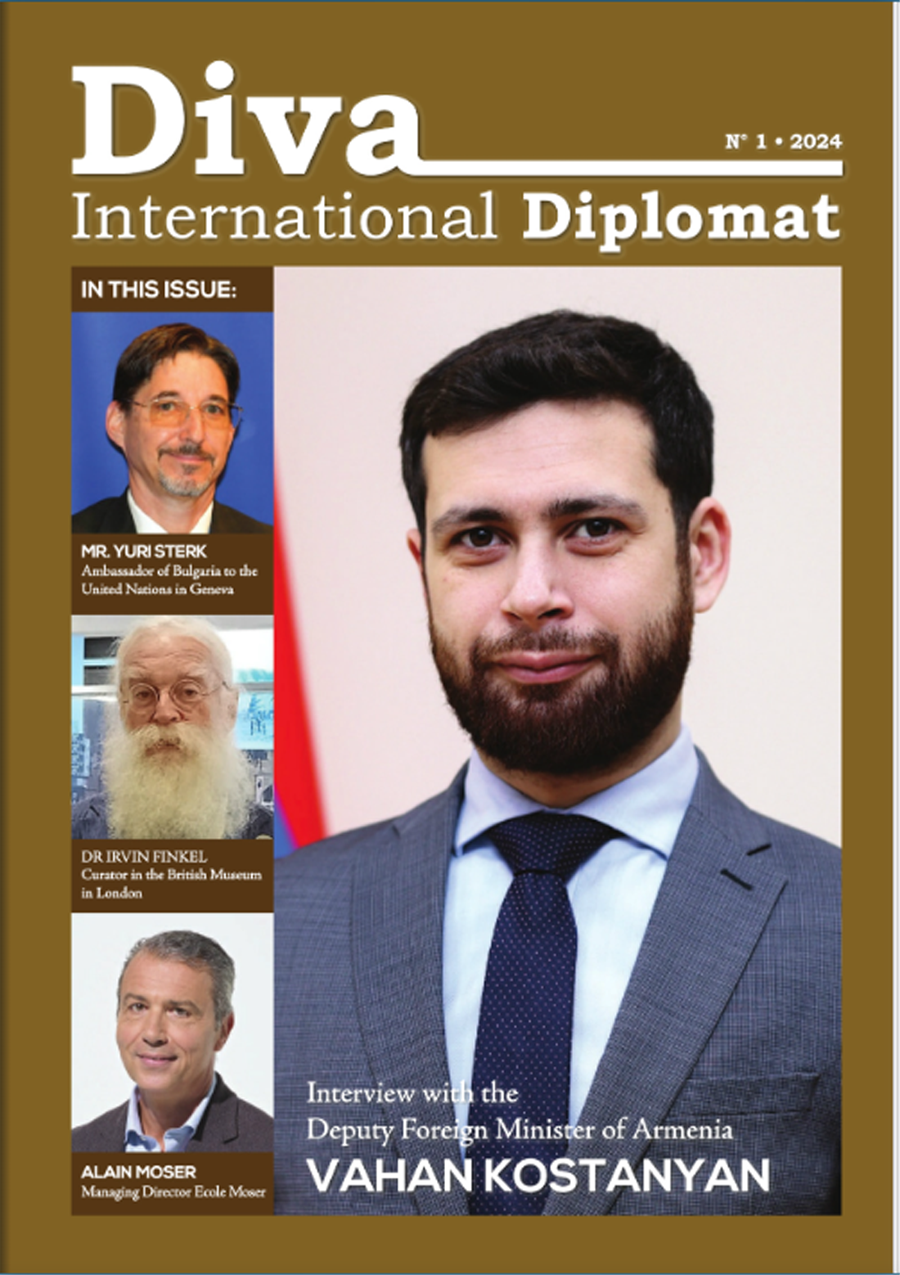 GENEVA, 20 November 2012—A new World AIDS Day report: Results, by the Joint United Nations Programme on HIV/AIDS (UNAIDS), shows that unprecedented acceleration in the AIDS response is producing results for people. The report shows that a more than 50% reduction in the rate of new HIV infections has been achieved across 25 low- and middle-income countries––more than half in Africa, the region most affected by HIV.
GENEVA, 20 November 2012—A new World AIDS Day report: Results, by the Joint United Nations Programme on HIV/AIDS (UNAIDS), shows that unprecedented acceleration in the AIDS response is producing results for people. The report shows that a more than 50% reduction in the rate of new HIV infections has been achieved across 25 low- and middle-income countries––more than half in Africa, the region most affected by HIV.
In some of the countries which have the highest HIV prevalence in the world, rates of new HIV infections have been cut dramatically since 2001; by 73% in Malawi, 71% in Botswana, 68% in Namibia, 58% in Zambia, 50% in Zimbabwe and 41% in South Africa and Swaziland. In addition to welcome results in HIV prevention, sub-Saharan Africa has reduced AIDS-related deaths by one third in the last six years and increased the number of people on antiretroviral treatment by 59% in the last two years alone.
“The pace of progress is quickening—what used to take a decade is now being achieved in 24 months,” said Michel Sidibé, Executive Director of UNAIDS. “We are scaling up faster and smarter than ever before. It is the proof that with political will and follow through we can reach our shared goals by 2015.”
For example, South Africa increased its scale up of HIV treatment by 75% in the last two years—ensuring 1.7 million people had access to the lifesaving treatment—and new HIV infections have fallen by more than 50 000 in just two years. During this period, South Africa also increased its domestic investments on AIDS to US$ 1.6 billion, the highest by any low- and middle-income country.
The report also shows that countries are assuming shared responsibility by increasing domestic investments. More than 81 countries increased domestic investments by 50% between 2001 and 2011. The new results come as the AIDS response is in a 1000 day push to reach the Millennium Development Goals and the 2015 targets of the UN Political Declaration on HIV/AIDS.
Declining new HIV infections in children
 The area where perhaps most progress is being made is in reducing new HIV infections in children. Half of the global reductions in new HIV infections in the last two years have been among newborn children. “It is becoming evident that achieving zero new HIV infections in children is possible,” said Mr Sidibé. “I am excited that far fewer babies are being born with HIV. We are moving from despair to hope.”
The area where perhaps most progress is being made is in reducing new HIV infections in children. Half of the global reductions in new HIV infections in the last two years have been among newborn children. “It is becoming evident that achieving zero new HIV infections in children is possible,” said Mr Sidibé. “I am excited that far fewer babies are being born with HIV. We are moving from despair to hope.”
In the last two years, new HIV infections in children decreased by 24%. In six countries––Burundi, Kenya, Namibia, South Africa, Togo and Zambia––the number of children newly infected with HIV fell by at least 40% between 2009 and 2011.
Fewer AIDS-related deaths
The report shows that antiretroviral therapy has emerged as a powerful force for saving lives. In the last 24 months the numbers of people accessing treatment has increased by 63% globally. In sub-Saharan Africa, a record 2.3 million people had access to treatment. China has increased the number of people on HIV treatment by nearly 50% in the last year alone.
There were more than half a million fewer deaths in 2011 than in 2005. The largest drops in AIDS-related deaths are being seen in countries where HIV has the strongest grip. South Africa saw 100 000 fewer deaths, Zimbabwe nearly 90 000, Kenya 71 000 and Ethiopia 48 000 than in 2005.
Impressive gains were also made in reducing tuberculosis (TB) related AIDS deaths in people living with HIV. In the last 24 months, a 13% decrease in TB-related AIDS deaths was observed. This accomplishment is due to record numbers of people with HIV/TB co-infection accessing antiretroviral treatment—a 45% increase. The report recognizes the need to do more to reduce TB-related AIDS deaths.
More investments
The report shows that countries are increasing investments in the AIDS response despite a difficult economic climate. The global gap in resources needed annually by 2015 is now at 30%. In 2011, US$ 16.8 billion was available and the need for 2015 is between US$ 22-24 billion.
In 2011, for the first time ever, domestic investments from low- and middle-income countries surpassed global giving for HIV. However, international assistance, which has been stable in the past few years, remains a critical lifeline for many countries. In 26 of 33 countries in sub-Saharan Africa, donor support accounts for more than half of HIV investments. The United States accounts for 48% of all international assistance for HIV and together with the Global Fund for AIDS, Tuberculosis and Malaria provide the lion’s share of investments in HIV treatment. However, countries must take steps to reduce the high dependency on international assistance for HIV treatment programmes. 1000 days to go
An estimated 6.8 million people are eligible for treatment and do not have access. UNAIDS also estimates that an additional 4 million discordant couples (where one partner is living with HIV) would benefit from HIV treatment to protect their partners from HIV infection. Of the 34 million people living with HIV, about half do not know their HIV status. The report states that if more people knew their status, they could come forward for HIV services.
In addition, there is an urgent need to improve HIV treatment retention rates; reduce the cost of second- and third-line treatment; and explore new ways of expanding and sustaining access to treatment, including domestic production of medicines and innovative financing.
Despite the encouraging progress in stopping new HIV infections, the total number of new HIV infections remains high—2.5 million in 2011. The report outlines that to reduce new HIV infections globally combination HIV prevention services need to be brought to scale. For example, scaling up voluntary medical male circumcision has the potential to prevent an estimated one in five new HIV infections in Eastern and Southern Africa by 2025.
The report shows that HIV continues to have a disproportionate impact on sex workers, men who have sex with men and people who inject drugs. HIV prevention and treatment programmes are largely failing to reach these key populations.
“UNAIDS will focus on supporting countries to accelerate access to HIV testing and treatment. Now that we know that rapid and massive scale up is possible, we need to do more to reach key populations with crucial HIV services,” said Mr. Sidibé.
In 2011, an estimated: 34 million [31.4 million – 35.9 million] people globally are living with HIV 2.5 million [2.2 million – 2.8 million] people became newly infected with HIV 1.7 million [1.5 million – 1.9 million] people died from AIDS-related illnesses





